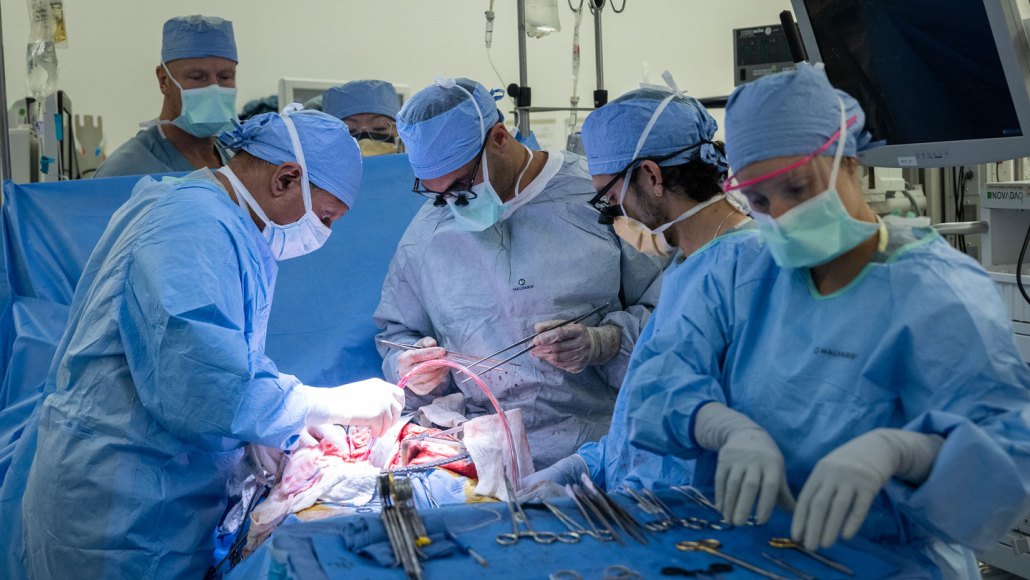It’s tricky to transplant a bladder. How surgeons finally did it
The team had to navigate deep in the abdomen and tackle a tangle of delicate blood vessels

The first successful bladder transplant in a human was done at the University of Southern California as part of a clinical trial for a new treatment option to patients with terminal bladder disease.
Nick Carranza, UCLA Health